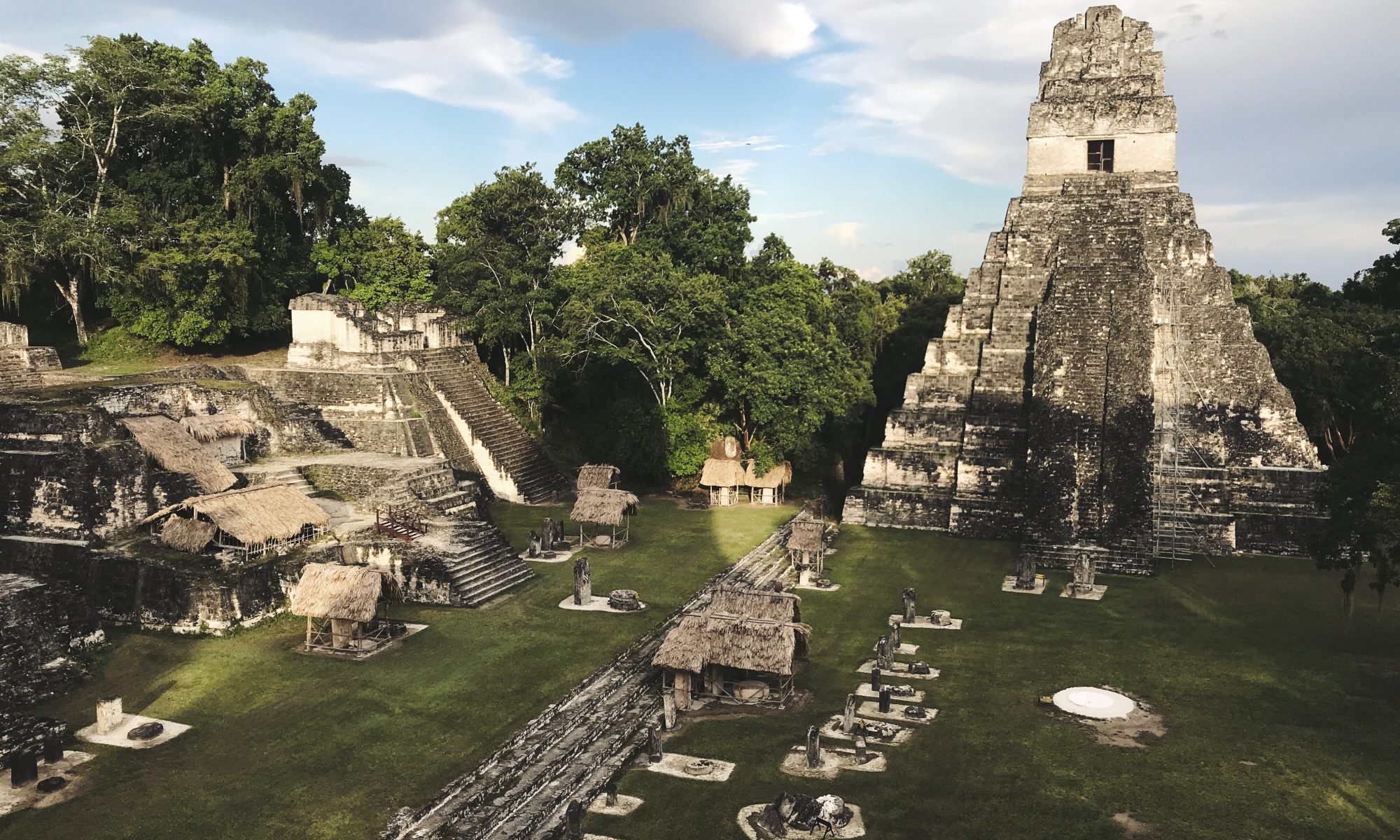Researchers: Mark Brenner, brenner@ufl.edu, 352-392-7226, Jason Curtis, curtisj@ufl.edu
PIO: Rachel Wayne, 352-872-2620
The lowlands of Mexico and Guatemala experienced widespread deforestation by the Maya beginning about 4,000 years ago. The region has never fully recovered. Ancient Maya environmental impact provides a case study for the long-term effects of deforestation, and according to a new Nature Geoscience study published today, the implications for current tropical deforestation are far-reaching.
The lowlands of the Yucatan Peninsula were occupied and heavily used by the Maya at the height of their civilization. Contrary to popular belief, “the Maya did not live in complete harmony with the environment, and there is ample pollen evidence throughout the region for severe deforestation over a protracted period of about 2,000 years,” says study co-author Mark Brenner, Professor of Geological Sciences and Director of the Land Use and Environmental Change Institute (LUECI) at the University of Florida.
Carbon sinks are realms in which carbon is sequestered in soil and biomass. Large-scale disruptions of the reservoirs, such as through deforestation, destabilize the sinks, leading to buildups of atmospheric carbon and potential climate effects. In turn, plant life reflects such changes and thereby provides a historical record of fluctuations in carbon storage. This study is the first to focus on soil carbon dynamics in response to protracted land use and suggests that extensive deforestation had dire consequences on agriculture and the availability of potable water. “The findings have relevance today,” said Brenner. “Modern tropical forest loss will likely have longstanding impacts on soil carbon stocks in the future, and there is evidence that abrupt climate changes can have devastating effects on agricultural output.”
The team measured radiocarbon in plant waxes collected from sediment cores obtained from the bottom of lakes in the affected region. The ages of waxes provide insights into the carbon cycle in terrestrial ecosystems. By calculating the age difference between waxes and terrestrial macrofossils (e.g. seeds, charcoal) from the same sediment level in which they were buried, the scientists could assess the persistence of soil carbon over time. The study found that Maya deforestation effectively reduced the transit time by 70 to 90 percent—essentially stripping the soil of its carbon-storage potential.
In the mid-1990s, the UF team of David Hodell, Mark Brenner, and then-PhD student Jason Curtis used lake sediment cores from the Maya Lowlands to explore past climate of the region. They discovered that a series of severe droughts were temporally correlated with the mysterious 9th-century Classic Maya “collapse.” In 2007, they were approached by late Yale professor Mark Pagani and his graduate student Peter Douglas, the lead author of the present study, who were using leaf waxes to study paleoclimate and wanted to run samples from the Maya Lowlands lake cores. “Direct radiocarbon dating of leaf wax molecules and macrofossils from the same sediment depths revealed the fact that the leaf waxes, part of the soil carbon stock, are retained for long periods of time in the watershed,” said Brenner. “That finding led to the present study and the discovery that ancient Maya deforestation accelerated the export of carbon from local soils. That is, vegetation loss shortened the carbon storage time.”
Numerous descendants of the Classic Maya still occupy parts of Mexico and Central America. However, the natural environment in which the ancient Maya lived has not fully recovered from the effects of their agricultural practices, says Brenner.
